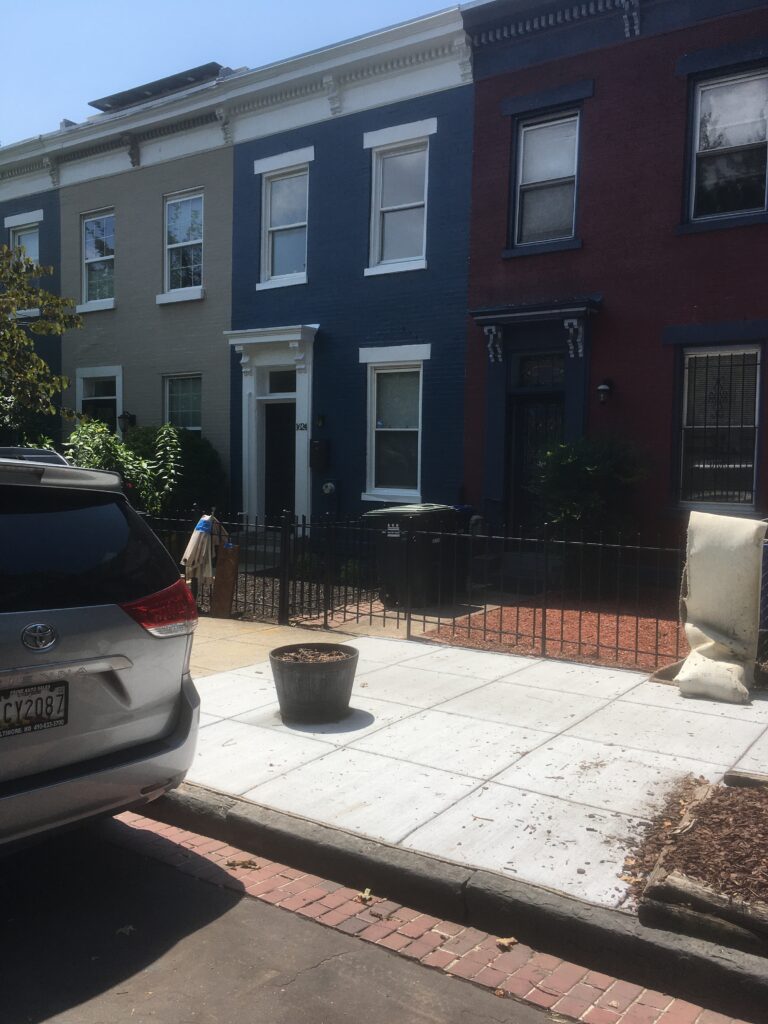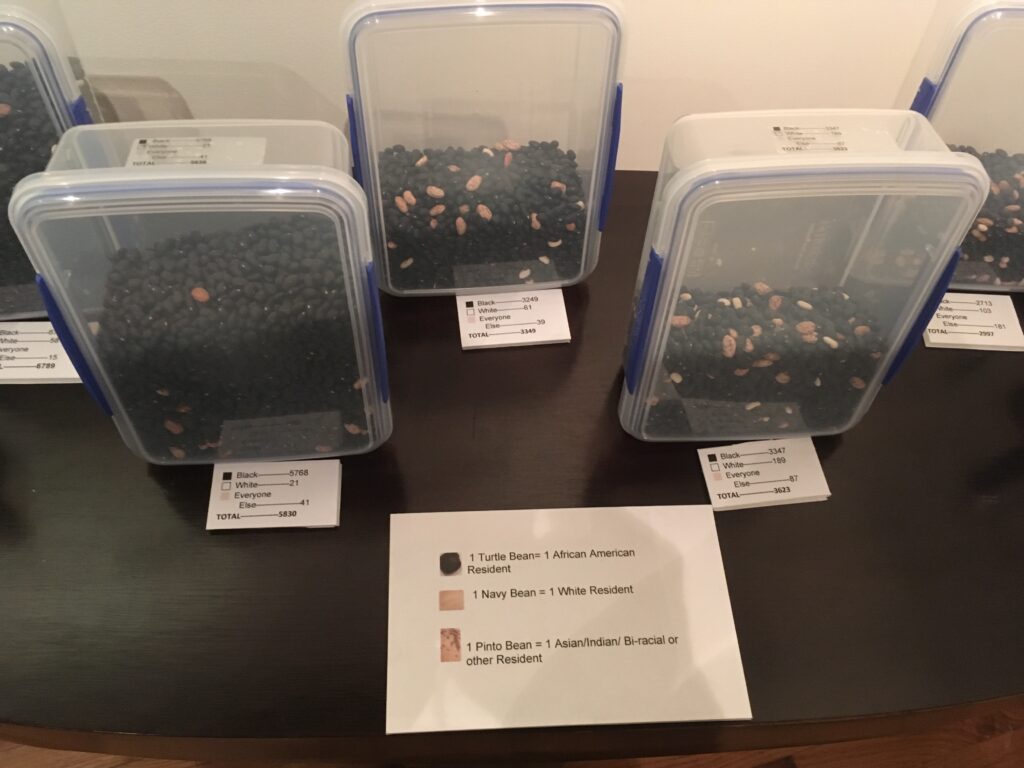So another house on my block is up for sale, however it isn’t listed on the MLS. Zillow allows people to sell their homes without an agent, and so it is a for sale by owner (FSBO) thing going on.

It’s the blue house and the owner has listed it at $760K, rounding up. Zillow tells me that with a 10% down payment, it would be less than $4,000 a month, 20% then $3216 a month. So one would need to be fairly middle class to afford to purchase this home on this lovely block. Whenever we can get our own house on the market the same would apply as the price point would be in the same neighborhood (get it?).
This was the house Drama Momma used to live in. I suspect when she was there it was a Section 8 house. The owner then was a Black man who owned another house that had a much better, more neighborly and quiet Section 8 tenant. However, 2008 happened and the real estate bubble burst and he was forced to sell the properties.
That owner sold the house to the current owner. Joe, the current owner, lived in the house for a little bit then rented it (market rate I think) to two wonderful neighbors, a married couple. They rented it for years and it was great having them on the block as they added to the awesomeness that is and was the 1600 block of 4th St. But they moved. [sad face]
It has been well over a decade since it was last poor people housing. The current economics and housing market means it won’t be poor people housing again any time soon. The approved rents DC Housing would cover for a 2 bedroom without utilities,would not cover the estimated monthly payments for the owner.
Now going back to the 1880 census, this was poor people housing. Check out TruxtonCircle.org for the data. In 1880 the house was occupied by William Tadd or Todd, a black Laborer, his wife a laundress and their 20 year old son. They lived there along with the Wheeler family, headed by another William, a carpenter. His wife did not work outside of the home as she was caring for their 5 year old son. In 1900 the house was no less crowded, with 8 residents, several laborers, but all one family. In 1910, the 6 occupants were one family with a male breadwinner, a porter, and his mother in law was a “domestic”. By 1920 the number is down to 5 people, but it is headed by a widowed charwoman, who with her nephew had three male roomers, whose jobs were listed as Helpers. But in 1930, the widow was married, but still head of a household of two. The young man listed as her 6 year old nephew became her 17 year old cousin. In 1940 he returns to being a nephew and she returns to being a widow (retired?) and they gain an unemployed female boarder. The nephew in 1940 was a doorman.
Knowing the general history of the neighborhood between 1940-2010, it was more than likely remaining housing for the working class and poor. All the residents between 1880-1940 were renters. So it’s been rental for well over 100 years, with the odd blip of Joe living in it.











